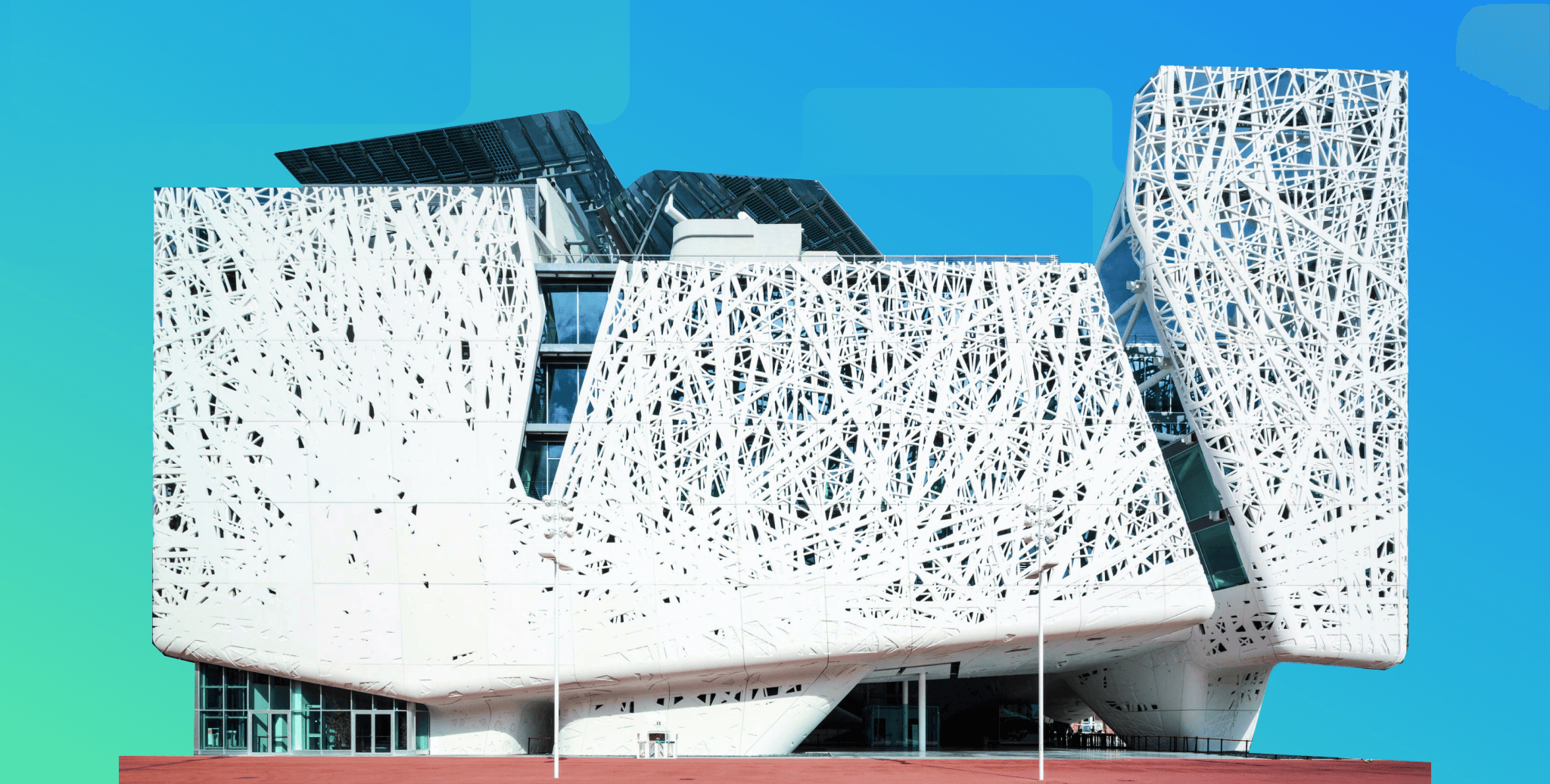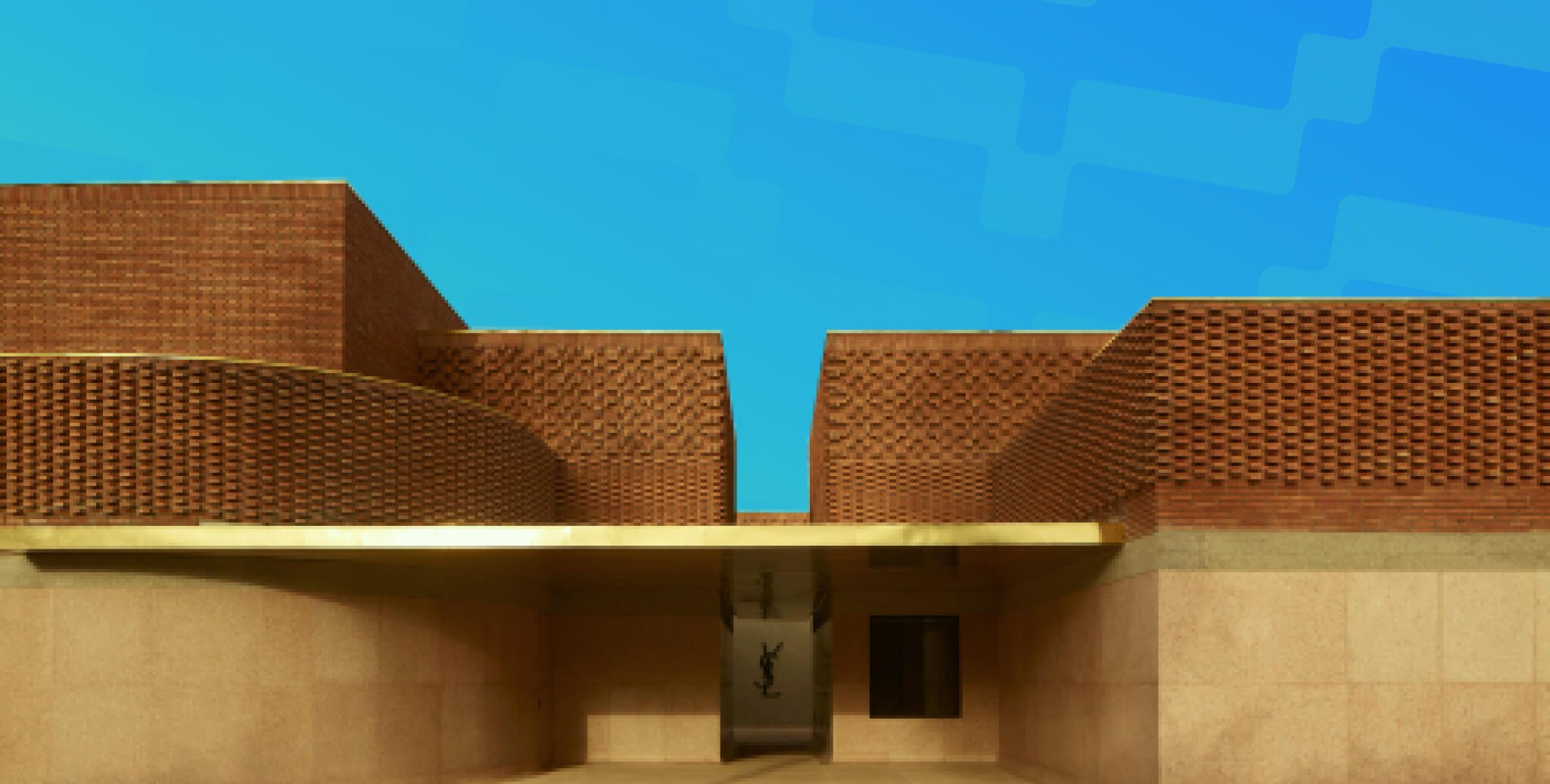Green building Standards and Certifications Sytems
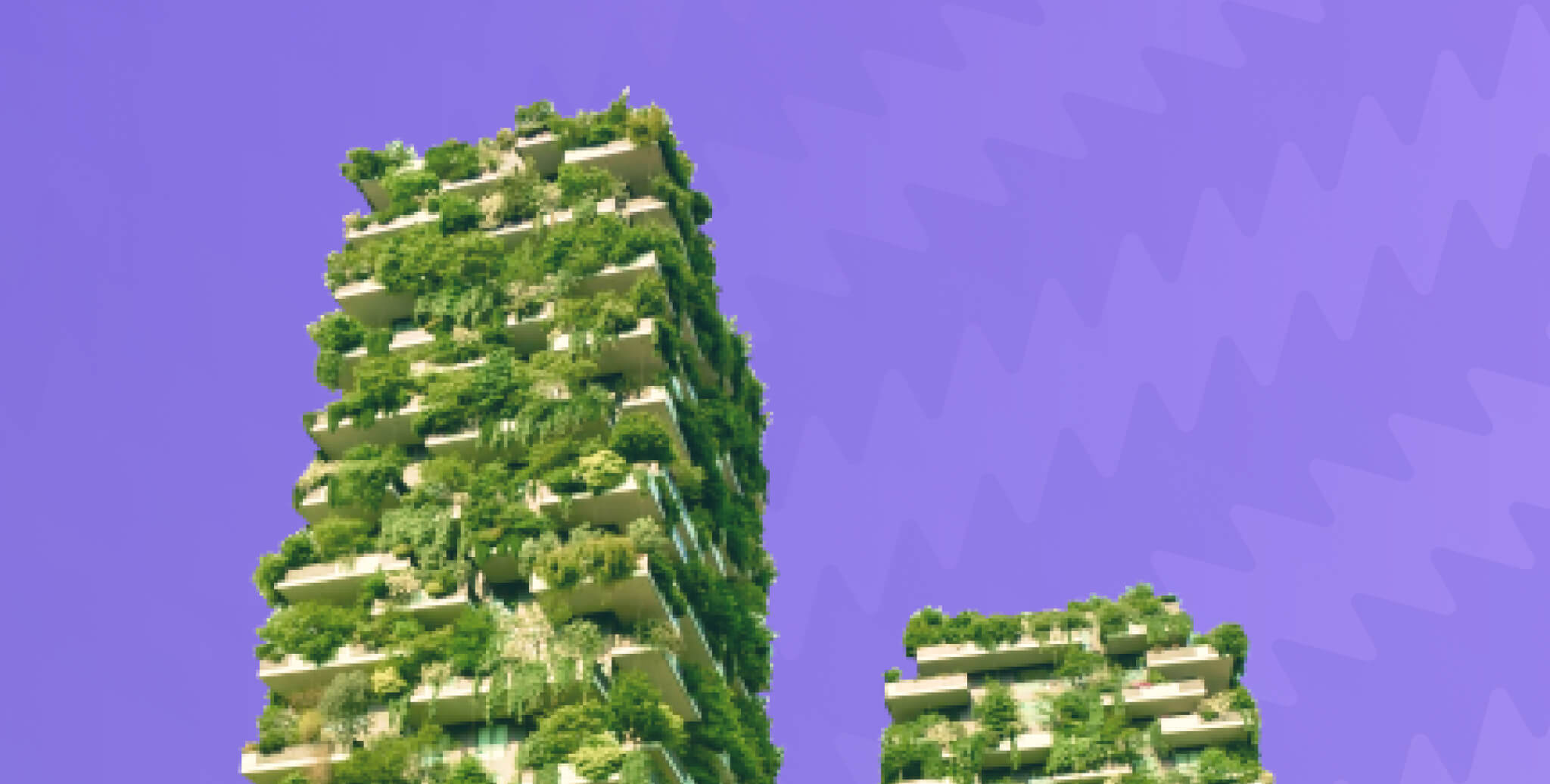
Table of Contents
As many countries and organisations turn towards greener building and development, the role of green building standards and rating systems has become pivotal. We can also observe this positive trend in the growing compliance and the constant upgrade of these standards. In this guide, we will explain why architects should be aware of these standards, and, if you aim to contribute to sustainability, the different rating systems you can refer to.
What Is A Green Building Standard?
Building standards exist in most countries to ensure safe and efficient designs and construction. A set of criteria for assessment, they provide a minimum requirement for various project phases, typologies and design components, depending on the type of building standard.
A green building standard is one such standard focusing on guiding architects, engineers, contractors and developers towards green design (and/or sustainability).
How do we define a green building?
We have been discussing green standards but have you ever wondered what a green building is? A green building design is essentially an ecologically-friendly design approach to reduce human impact upon the natural environment. The most common green building requirements or characteristics are:
- Energy efficiency
- Water saving
- Minimal harm to the environment
- Relying on renewable resources
- Non-toxic building materials
- Efficient use of space
- Responsible harvesting and use of materials
The most important point when it comes to defining green architecture is to clearly differentiate it from greenwashing. Greenwashing is more of a marketing stunt rather than a sustainable design principle that exaggerates the aesthetics and benefits of sustainable products. Having lots of trees on site does not make a project ‘green’. In fact, it might even require high energy and water consumption to sustain them, making it even less ecological.
Examples of Green Buildings

The Edge building was deemed the green in the world by BREEAM. It took advantage of technological innovations to achieve sustainability. Energy efficiency is achieved using solar panels to generate sufficient energy to operate the building.
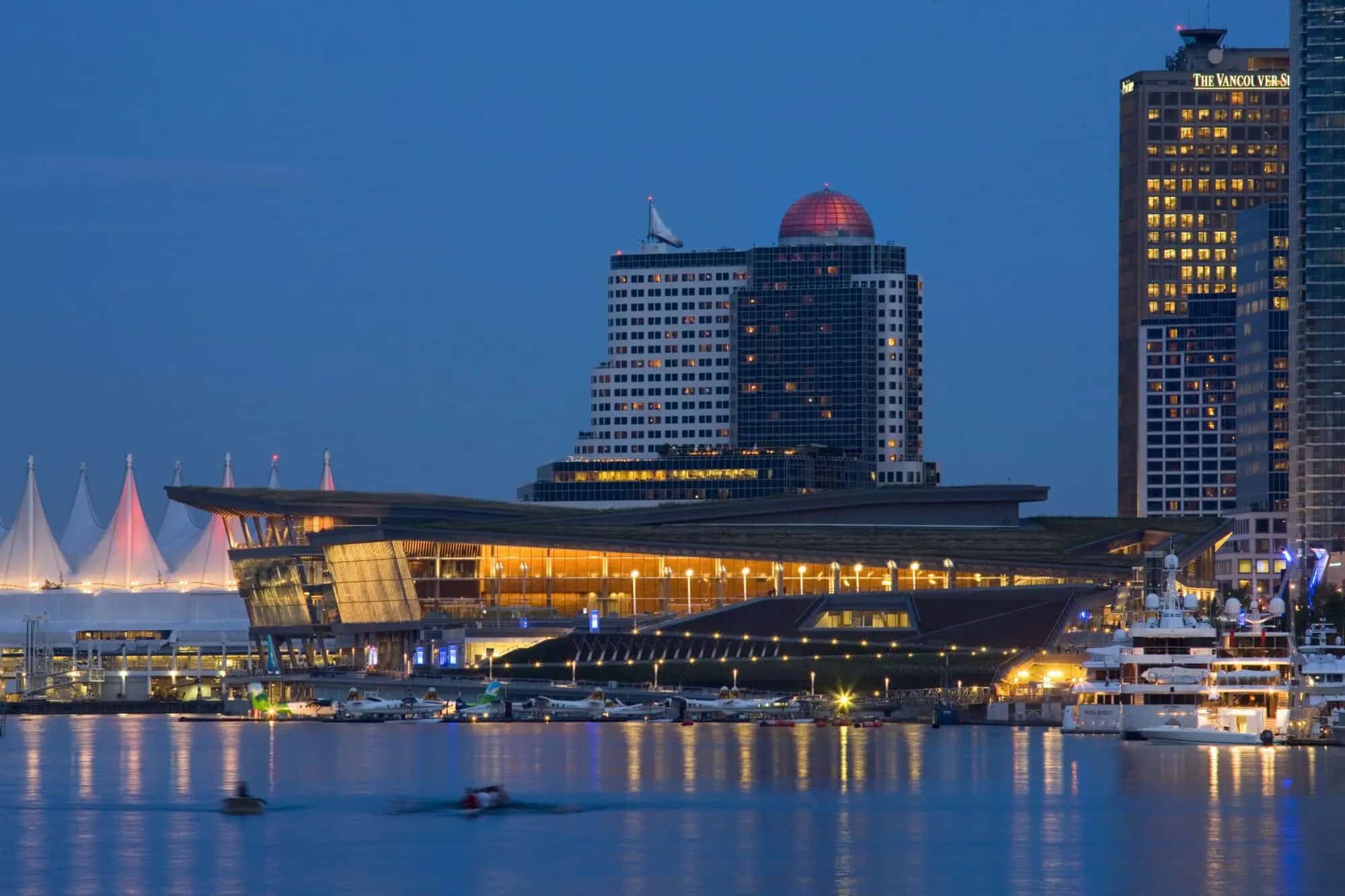
Vancouver Convention Centre is a double LEED Platinum certified facility that has numerous awards to its name. The design aims to be as environmentally sustainable as possible by adopting green building design practices.
Take a look at these green building projects to understand what it means to be ‘green’ in architecture. We can assure you it’s not at all about the colour!
Green Building Certifications and Rating System
In that case, how do we avoid greenwashing in our projects? The easiest method is to refer to the green building codes and standards. The green building rating systems are based on these standards to ensure a building design is in compliance with the green building guidelines or standards. They are offered as certifications based on a scoring system.
Some of these rating systems were first published in one country, but are now available worldwide. For example, BREEAM started in the UK but there are now BREEAM-certified buildings in over 70 countries.
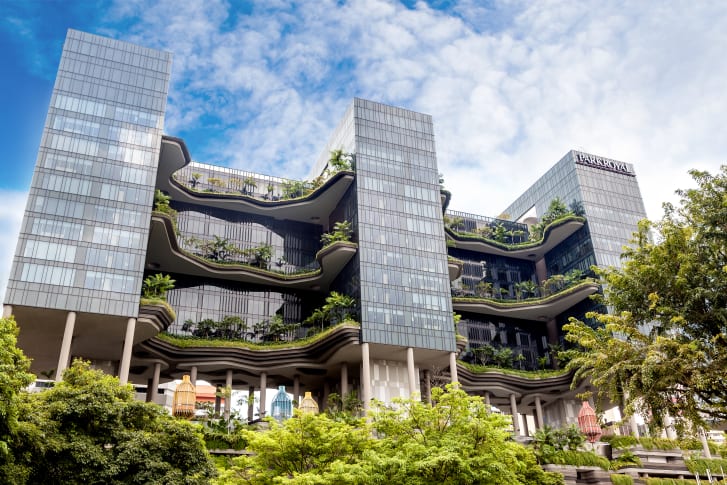
List Of Green Building Standards and Certifications
1. ASHRAE Standards
ASHRAE stands for the American Society of Heating, Refrigerating and Air-Conditioning Engineers and was founded in 1894. Considered itself a society, its members focus on energy efficiency, indoor air quality, building systems and sustainability. ASHRAE has more than one green building standard. It has published over a dozen standards and 6 green building guidelines centring around occupancy, comfort and HVAC.
One of the most well-known ASHRAE standards is Standard 189.1-2020 – the ANSI/ASHRAE Standard for the design of high-performance green buildings. It provides minimum requirements for the design, construction, and operation of high-performance green buildings. The aim is to enhance building quality with better occupant health and comfort while reducing emissions, protecting local ecosystems, enhancing resilience to hazards and promoting sustainability.
Here is everything you need to know about High-Performance Building Design and how to achieve it using Computational Design.
2. BREEAM
BREEAM by BRE Group is a sustainability assessment system launched in the year 1990. It stands for Building Research Establishment Environmental Assessment Method, and has been in use to determine the environmental performance of buildings. BREEAM provides a holistic assessment towards sustainable values. It covers net zero carbon, health, and social impact, whole life performance, biodiversity, circularity and resilience, disclosure and reporting, and EU taxonomy (a classification system for environmentally sustainable economic activities).
How Are Buildings Rated in BREEAM?
The certification assures performance, quality and value of the design asset. The rating is given in a series of stars according to the percentage score.
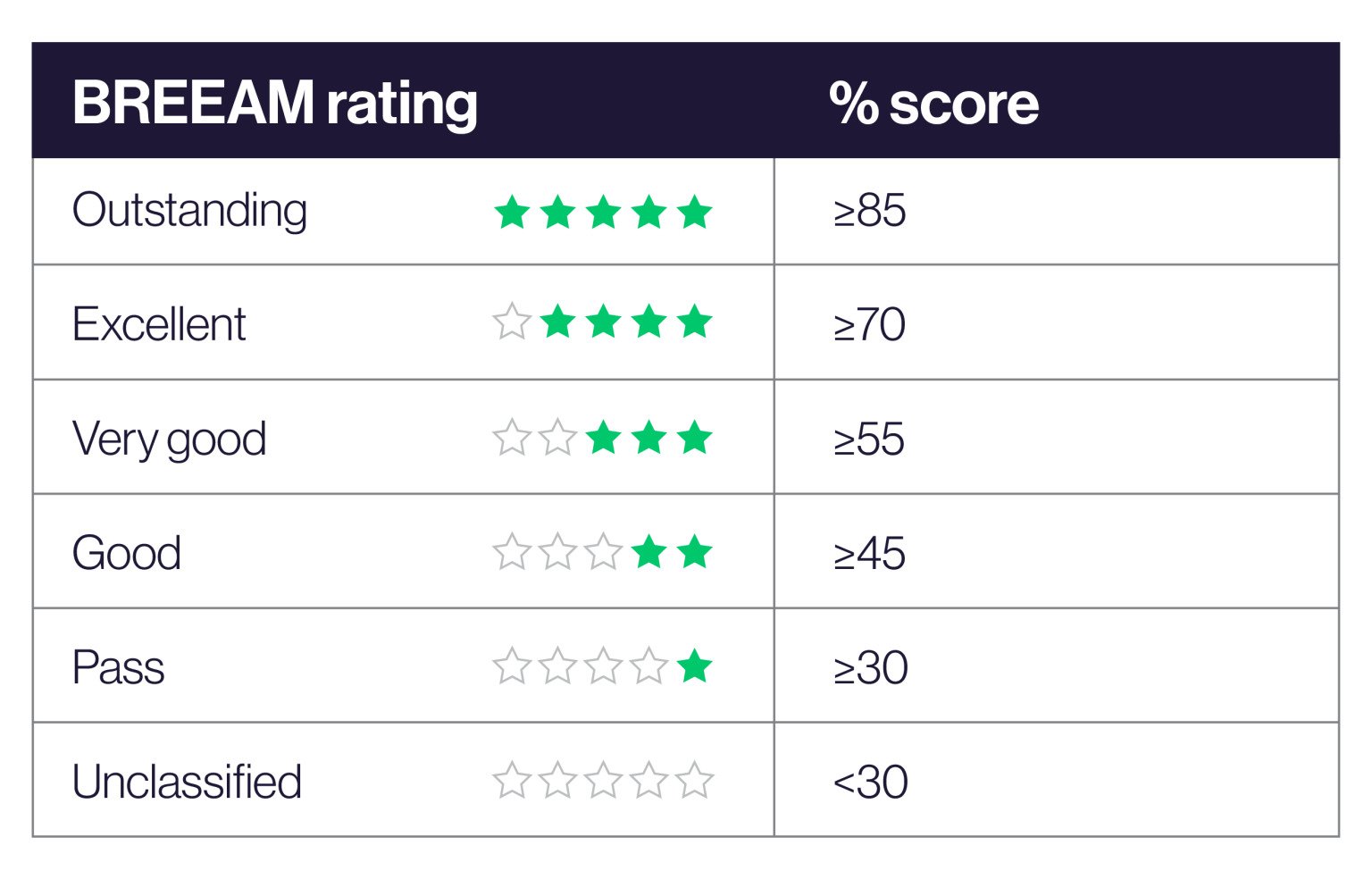
3. LEED
LEED (Leadership in Energy and Environmental Design) certification is globally recognized as a ‘green’ symbol. This building standards and guidelines are overseen by USGBC (U.S Green Building Council). Not only does it provide a framework for low-carbon emitting green buildings, it also ensures the buildings provide healthy and cost-saving spaces. LEED building standard is a leading system that factors in all elements for the best building design. The LEED system is available in 6 types for various building types and phases.
- Building Design and Construction (BD+C)
- Interior Design and Construction (ID+C)
- Building Operations and Maintenance (O+M)
- Neighborhood Development (ND)
- Homes
- Cities
How Do You Get A Leed Certification?
A design project must adhere to a list of prerequisites from the LEED building standards addressing carbon, energy, health, materials, indoor environmental quality, transportation, water and waste. After the verification of the project, the GBCI (Green Business Certification Inc) will award points based on the LEED certification.

4. WELL Building Standard
WELL building standard, as the name might suggest, is a framework to monitor the features that impact the occupants’ health and well-being. It is performance-based, as it measures the factors that have an effect on wellbeing – ventilation, water, light, comfort, nourishment, fitness and mind. We spend around 90% of our time indoors and WELL understands the importance of the building environment on human health and well-being.
The certification components are bifurcated into preconditions and optimisations. Preconditions are mandatory while the optimisations are optional pathways for certification requirements. As it is a performance-based system, the verification happens on-site through performance tests and measurements for each WELL concept.
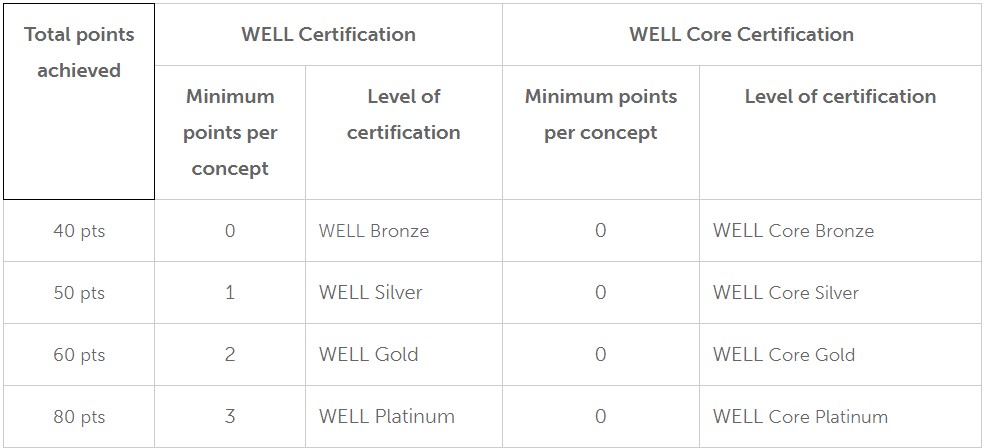
5. Green Mark Certification Scheme
Singapore has been focused on sustainable green buildings to trasform its small island into a green liveable nation. The Green Mark Certification was first launched in 2005 and has gone through several iterations and upgrades over the years. The system evaluates the environmental impact and performance of both new and old buildings to promote sustainable design.
It is not only limited to buildings; even parks and infrastructure projects can apply for the Green Mark certification. The scoring system slightly varies for each project type. The criteria cover residential and non-residential buildings, schools, landed houses and existing buildings, to name a few. Just like other certification systems, the ratings (Certified, Gold, Gold Plus and Platinum) are based on points scored.
6. Green Globes
Green Globes is a green rating assessment primarily used in the United States and Canada. It targets making a positive change in building operations, comfort and climate. Green Globes was a product based on the earliest BREEAM system, beginning with Green Globes for New Buildings Canada in 2004 followed by the U.S in 2004. In addition to new construction, a separate module for Sustainable Interiors is also available in Canada. Both modules are applicable for a wide range of building typologies.
The assessment uses an online questionnaire. After its completion, a report is automatically generated. The report will cover the ratings, achievements, and recommendations on the design. Trained regional experts provide third-party verification which adds credibility and value to the process.
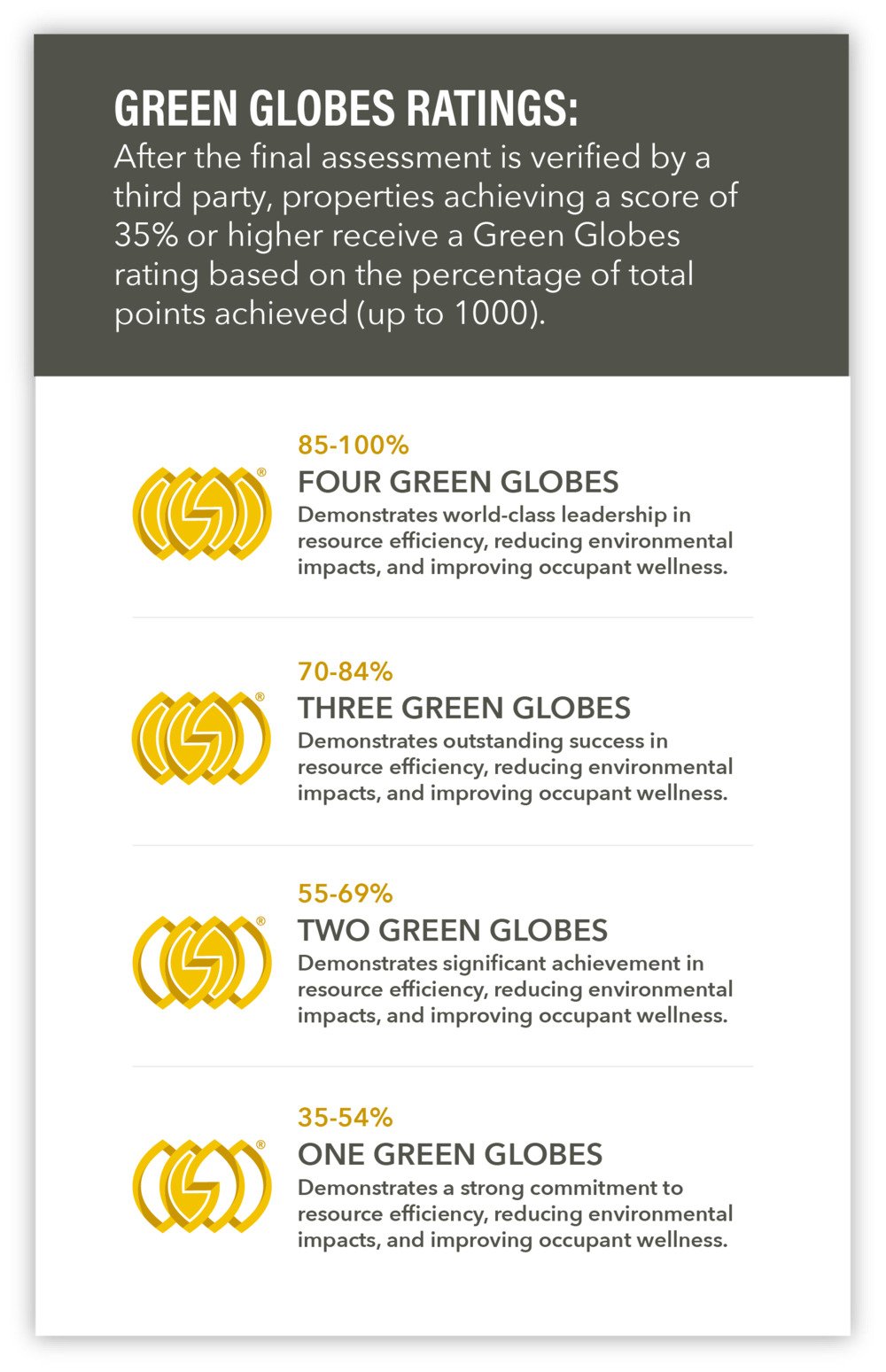
7. EDGE
If other ratings focus on overall building performance, EDGE by IFC (International Finance Corporation) of the World Bank Group targets efficiency and zero-carbon buildings. It claims to save at least 20% in water, energy and embodied energy in materials.
How do we determine the energy consumption and efficiency in a building? Simple - by running Building Energy Analysis.
EDGE also works differently from others in the sense that we use the EDGE app to get a minimum of 20% savings in three categories first. That will give us Level 1: EDGE certified. To reach Level 2 (EDGE Advanced: Zero Carbon ready), the building must have at least 40% on-site energy savings. The final level, Level 3, requires 100% renewables on-site or off-site or offsets 100% of purchased carbon. Level 3 certified means the building is a zero-carbon building.
The first 2 levels require assessment at preliminary and final certification stages with no mandatory renewals. However, the building must go through another assessment after the final EDGE certification at least one year after with 75% occupancy. It also needs renewals every 2 years with offsets or 4 years with 100% renewables.
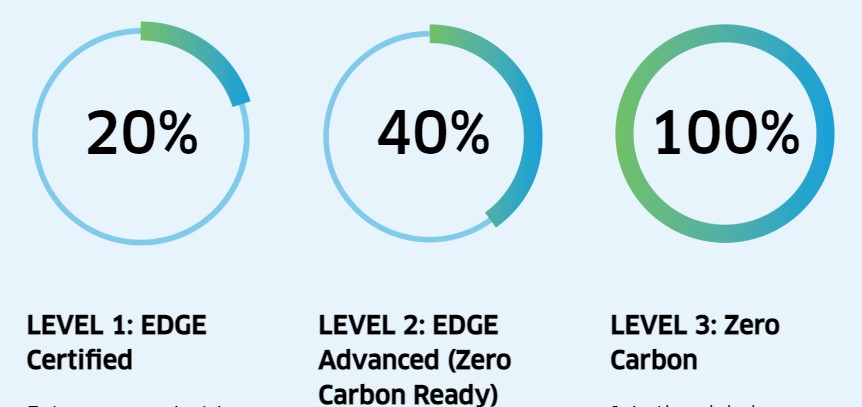
HERS Index
HERS, or Home Energy Rating System, index is a nationally recognized system from the U.S. HERS was developed by RESNET (Residential Energy Services Network) in 2006. It is entirely for homes and the assessment happens through the construction plans and on-site inspections. A certified RESNET Home Energy Rater will perform the inspection to determine the building’s performance.
The score is an indicator of the energy efficiency of the home compared to other similar homes. In addition, the rater will also identify any potential improvements in energy efficiency based on the Energy Star performance guidelines. A lower score means less energy used or that the home is more energy-efficient.
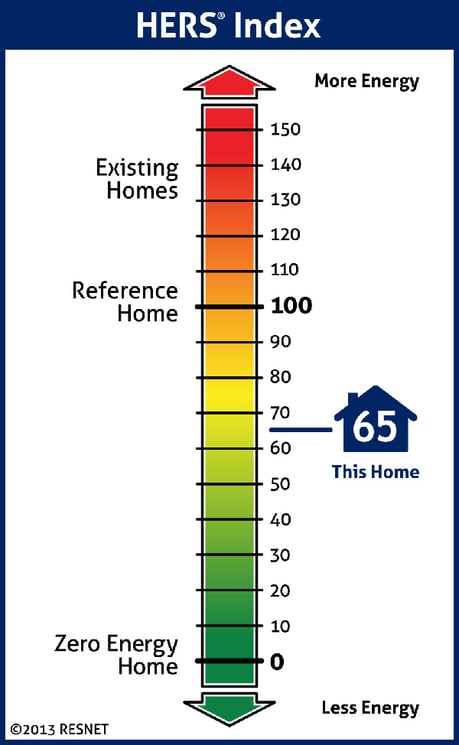
Benefits Of Green Building Standards
Green building standards and rating systems act as guides towards sustainable design and construction. By adhering to these standards, the design can offer both economic and environmental benefits. The question is: why should we build green buildings- Even as we continuously talk about energy efficiency and zero carbon, green building standards also take into account occupant health and well-being. Hence, green buildings provide better comfort, productivity, and overall well-being to the occupants.
- Achieving energy efficiency as an eco-friendly building can reduce purchased energy, saving costs for the building owners in the long run. Renewable energy also develops similar benefits.
- Green buildings in general provide a high return on investment as high-performance buildings.
How Are Green Building Standards Changing The AEC Industry?
Buildings in compliance with green building standards and codes are generally referred to as sustainable green buildings. However, they are not just eco-friendly buildings; many of these standards also target high performance in design. From the design development stage, the architect already has high performance and sustainability in mind. It assures that not only that the design is sustainable and high-performing, but also that the construction and planning are also sustainable in nature.
In addition to green building codes and standards, there are now similar codes and standards for products. This signifies that there are multiple ways we can reduce the impact on the natural environment and focus on a sustainable future.
Learn how you can design sustainably using digital design technologies with Novatr’s Master Computational Course. Software isn't the only thing you will learn; real-world application is the focus of the course, delivered by leading industry experts.
For more insights on sustainable architecture, head to our Resources.

 Thanks for connecting!
Thanks for connecting!


.png)

